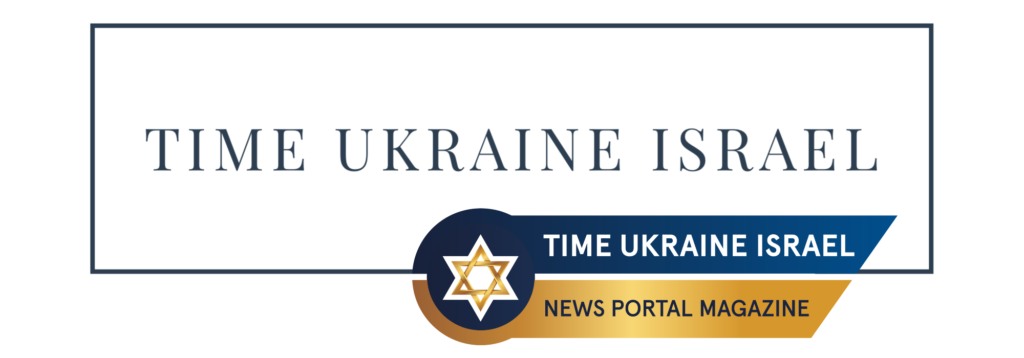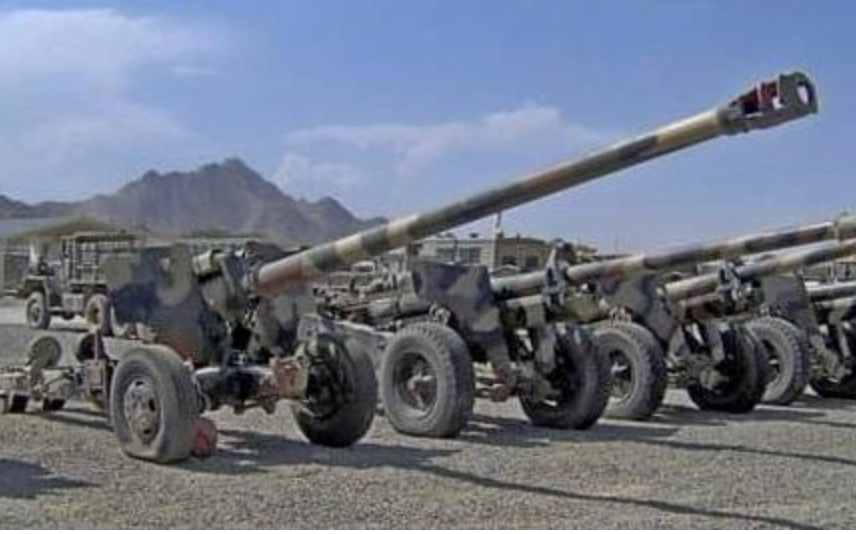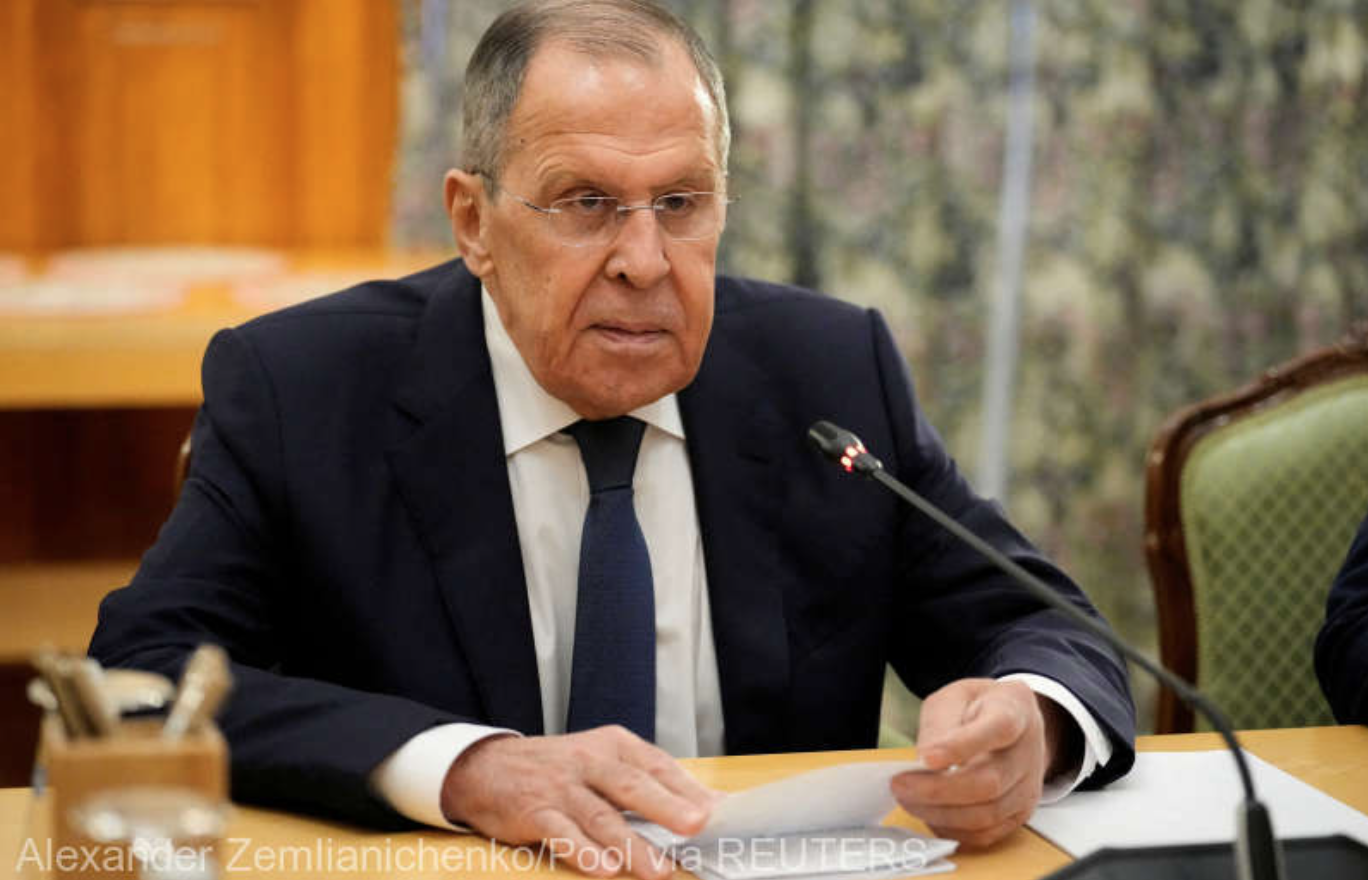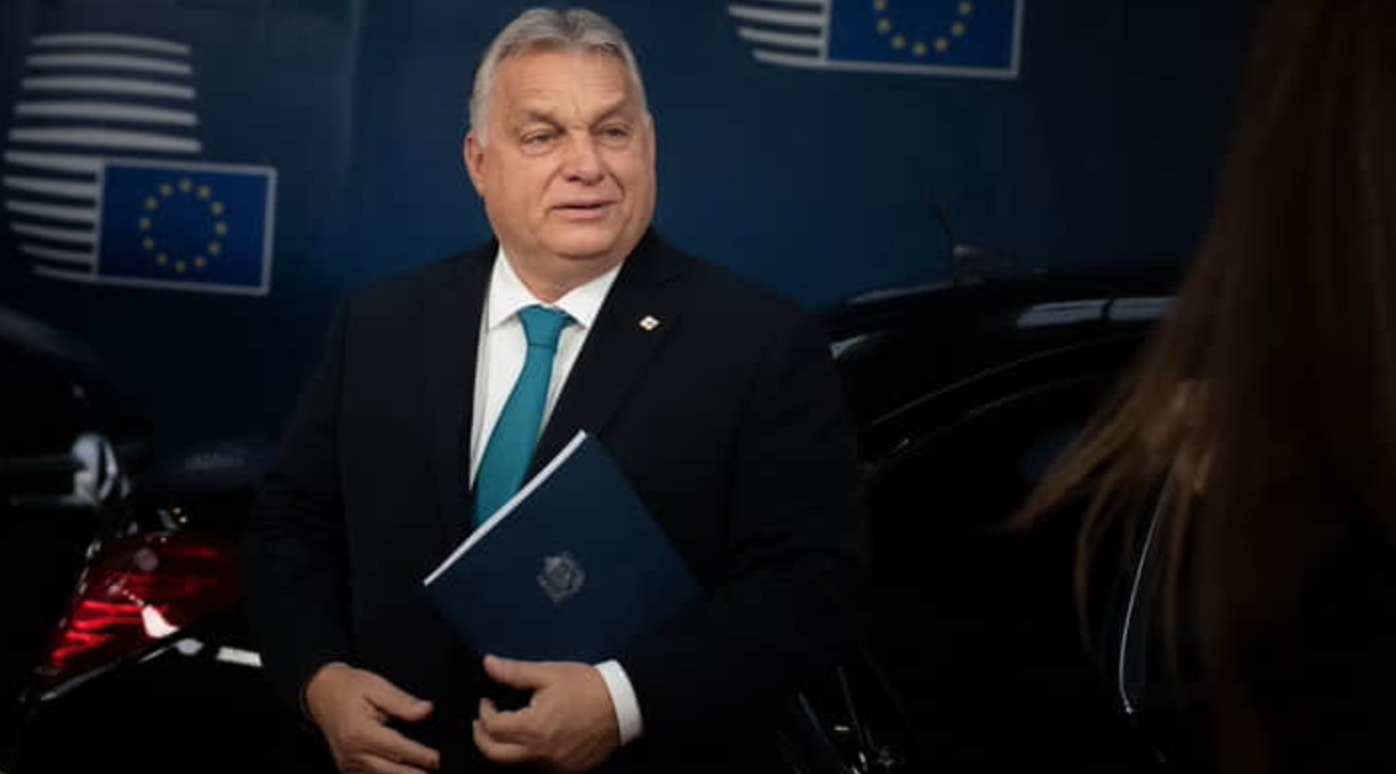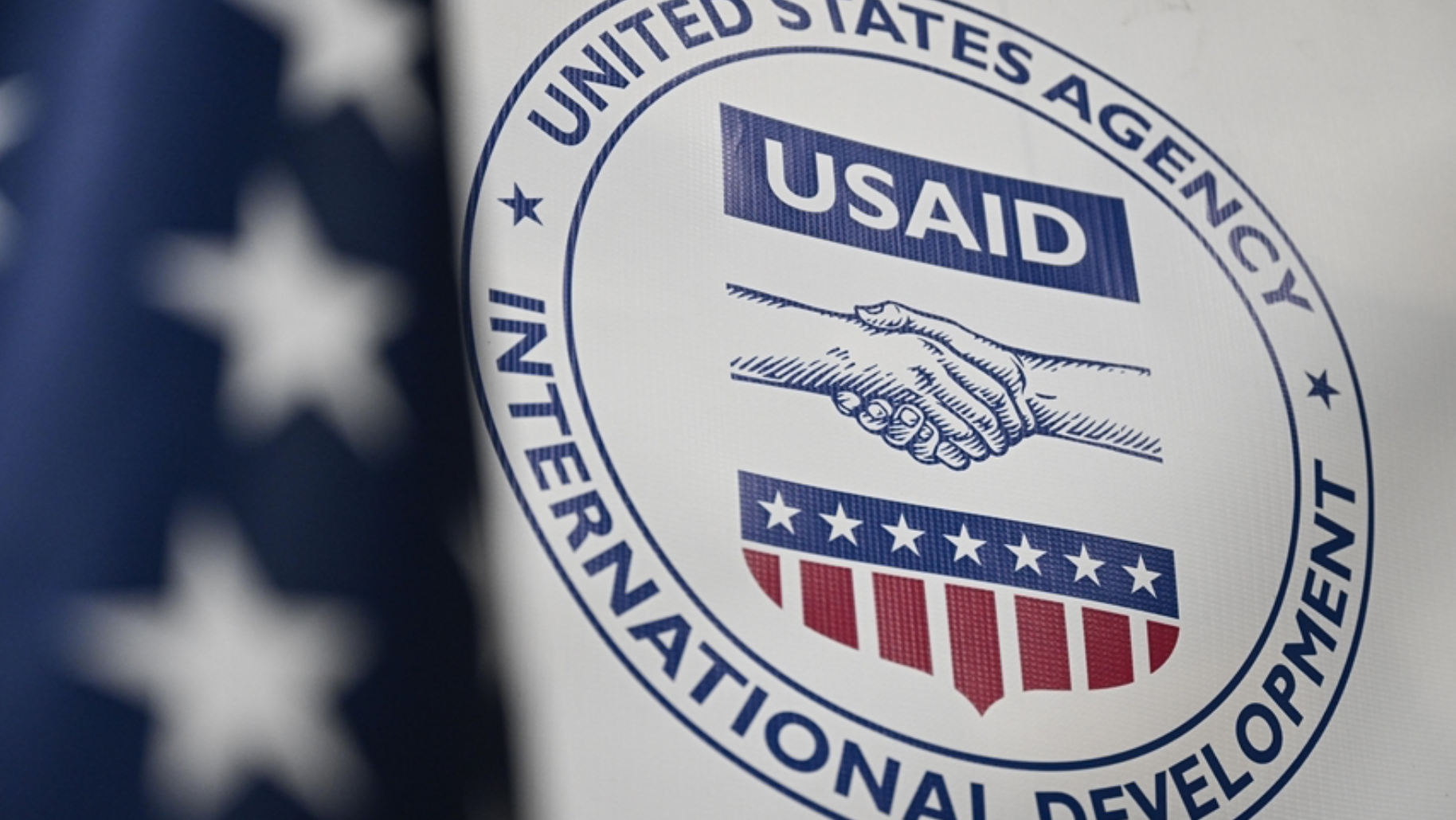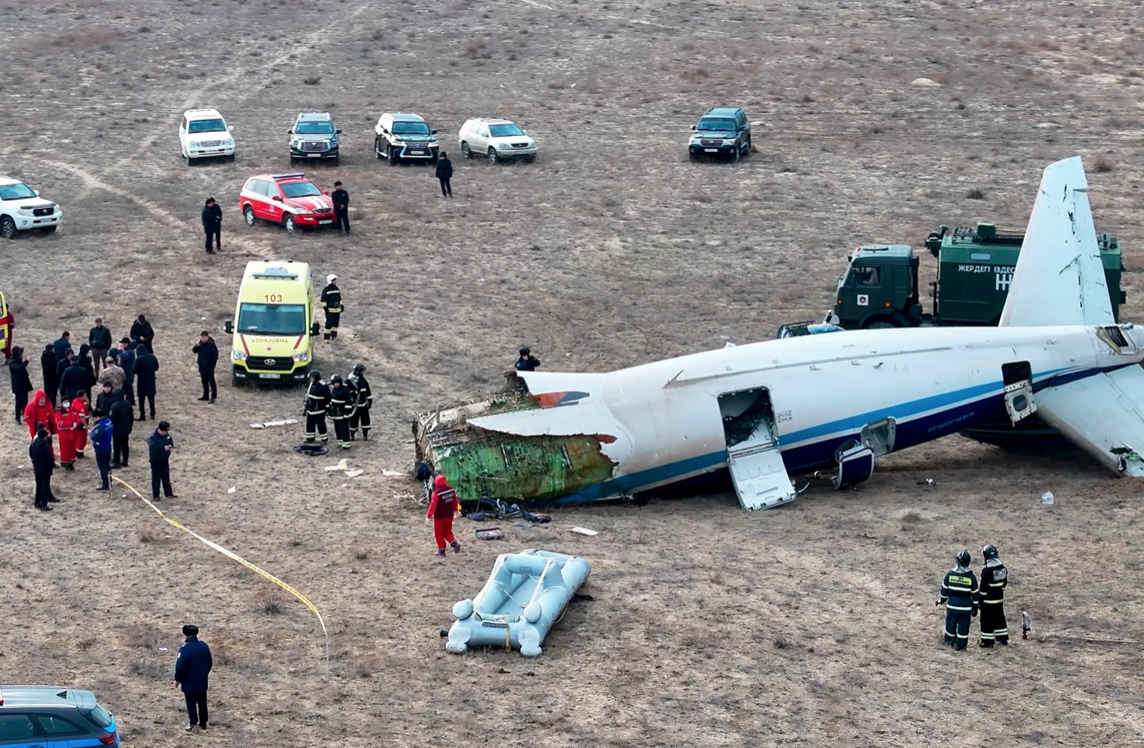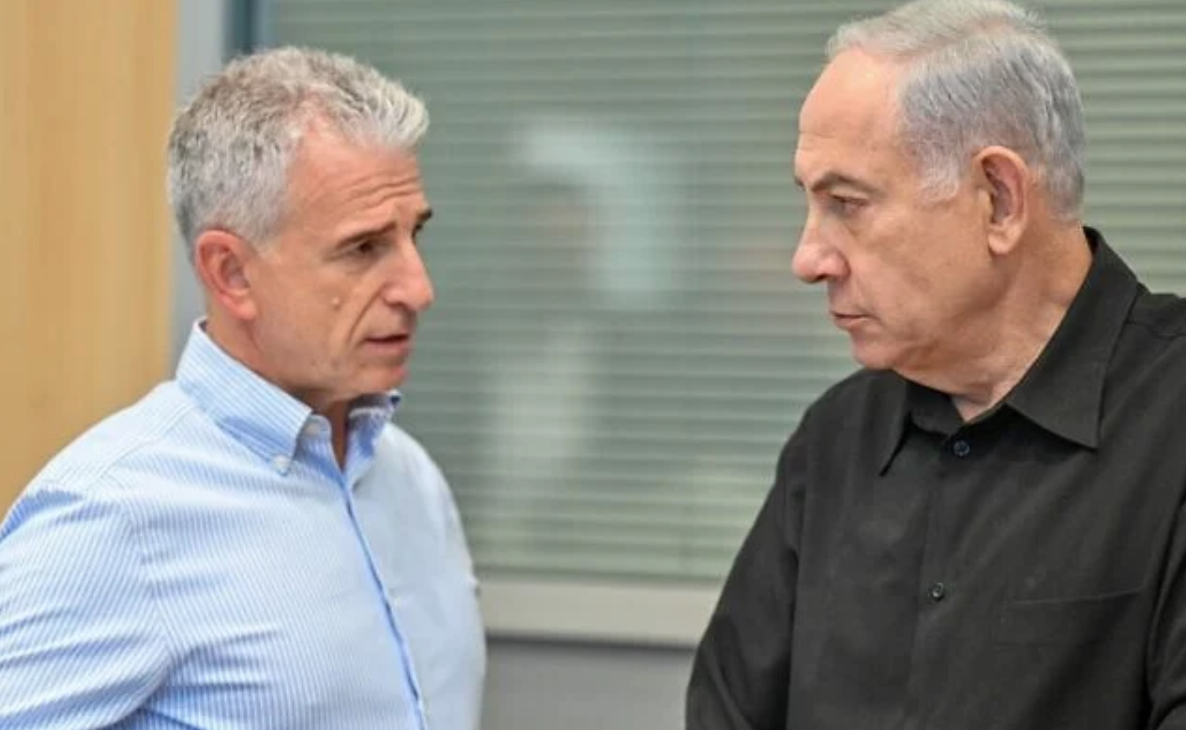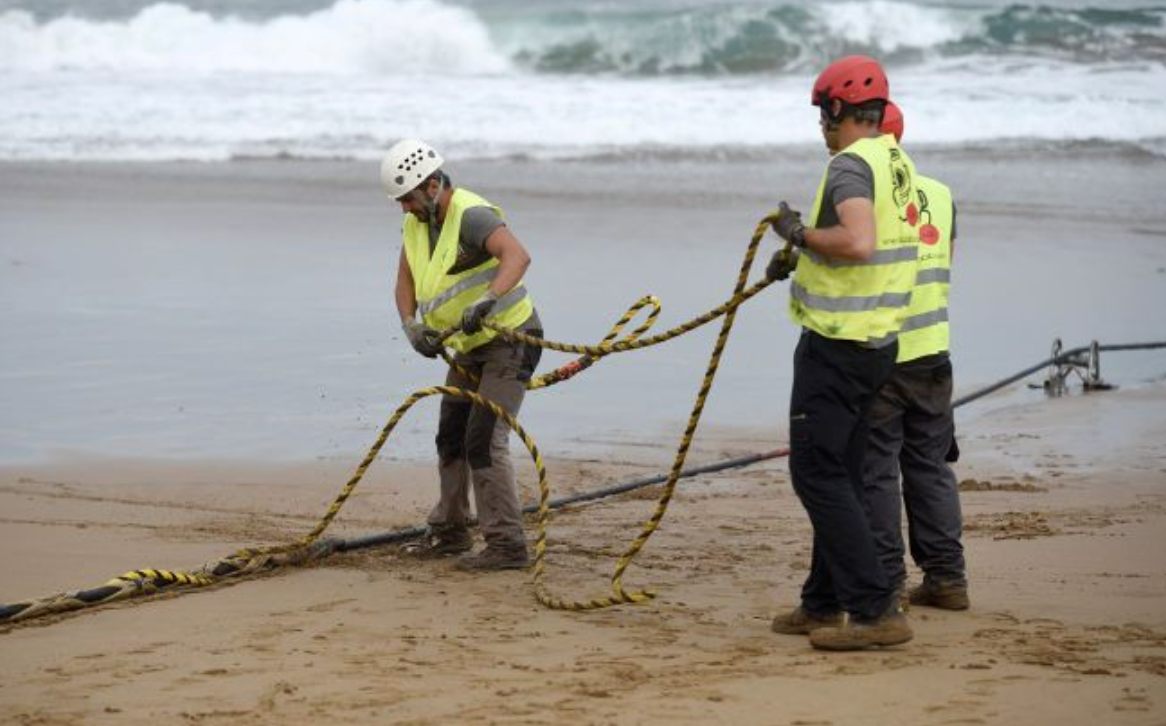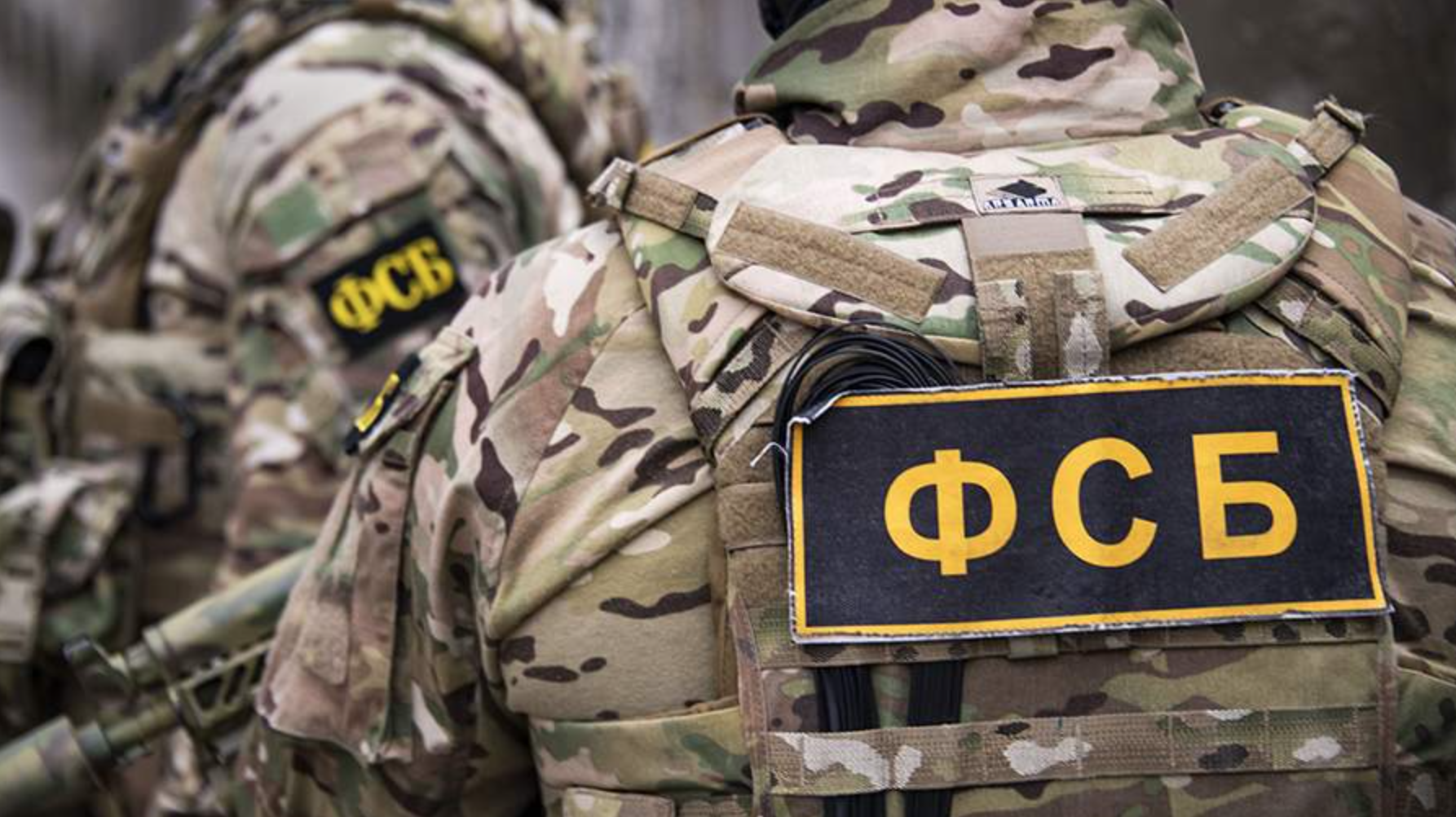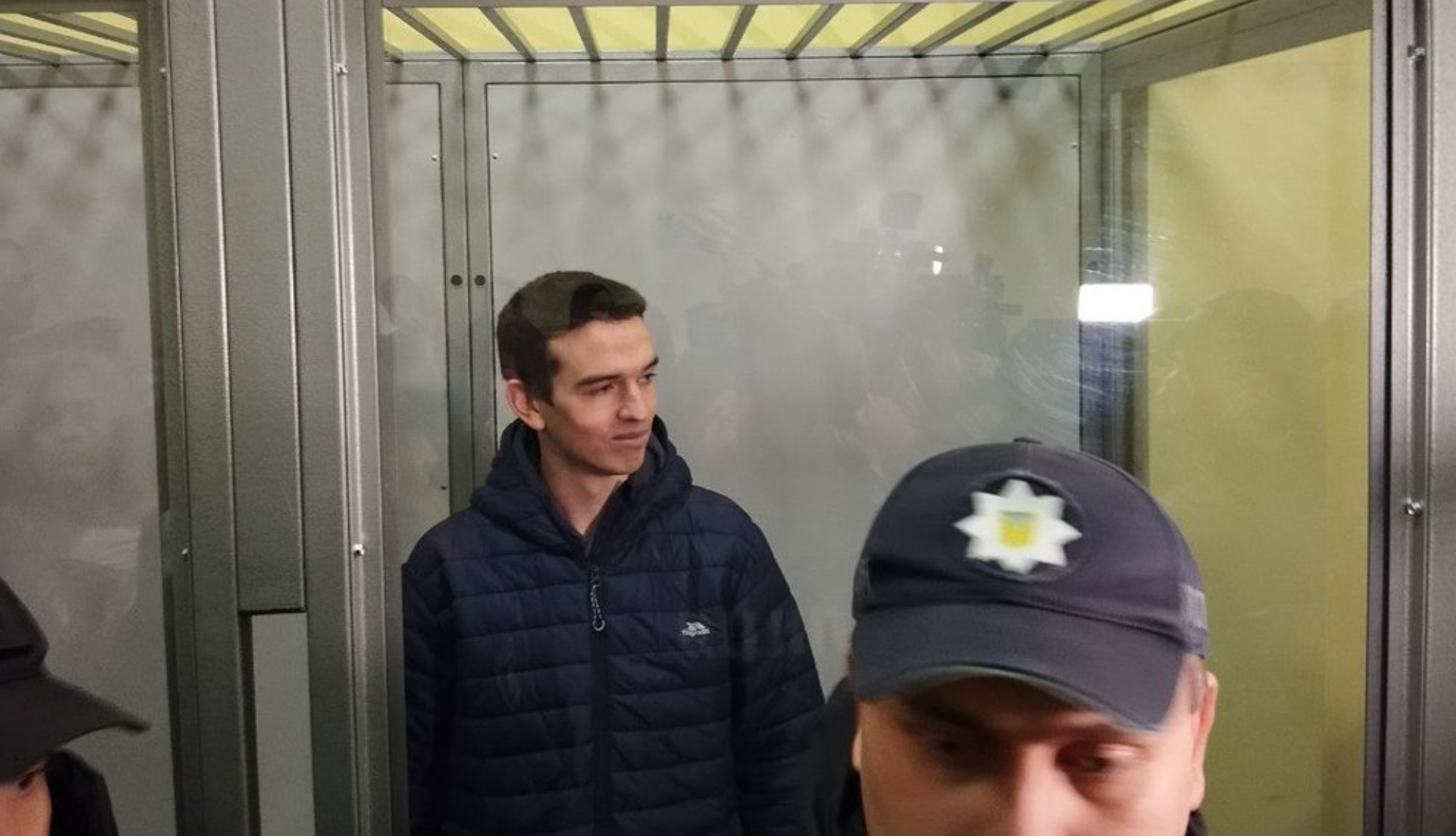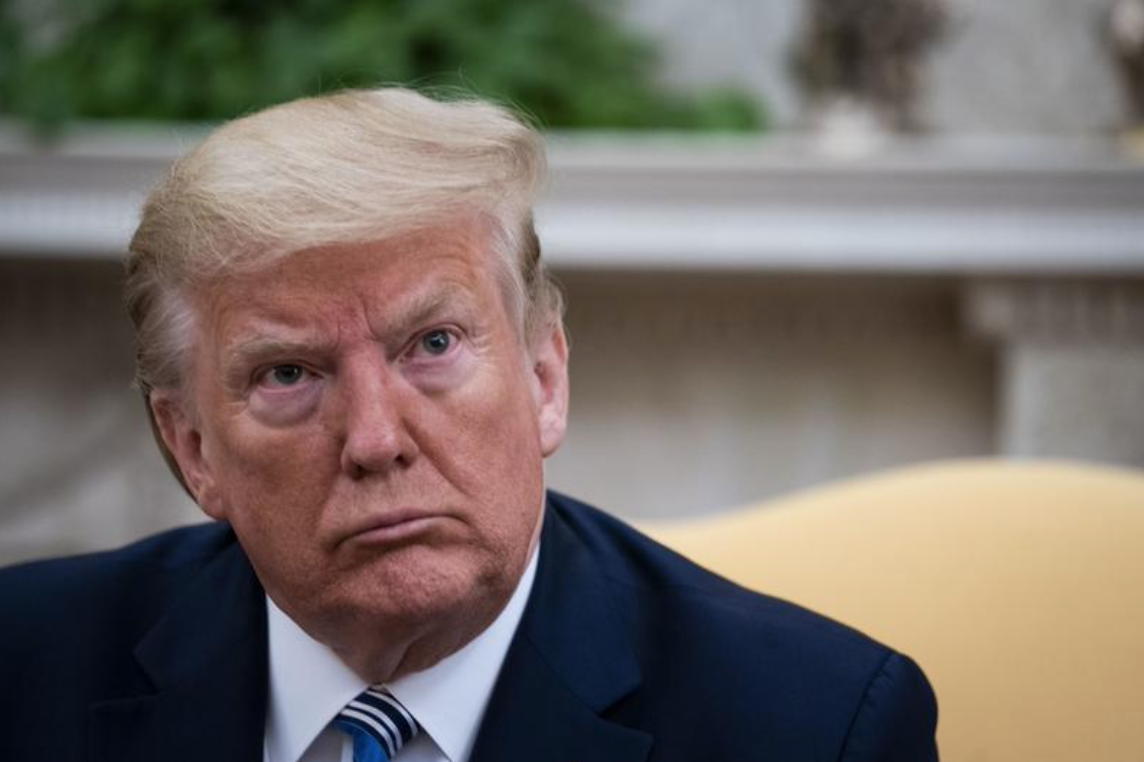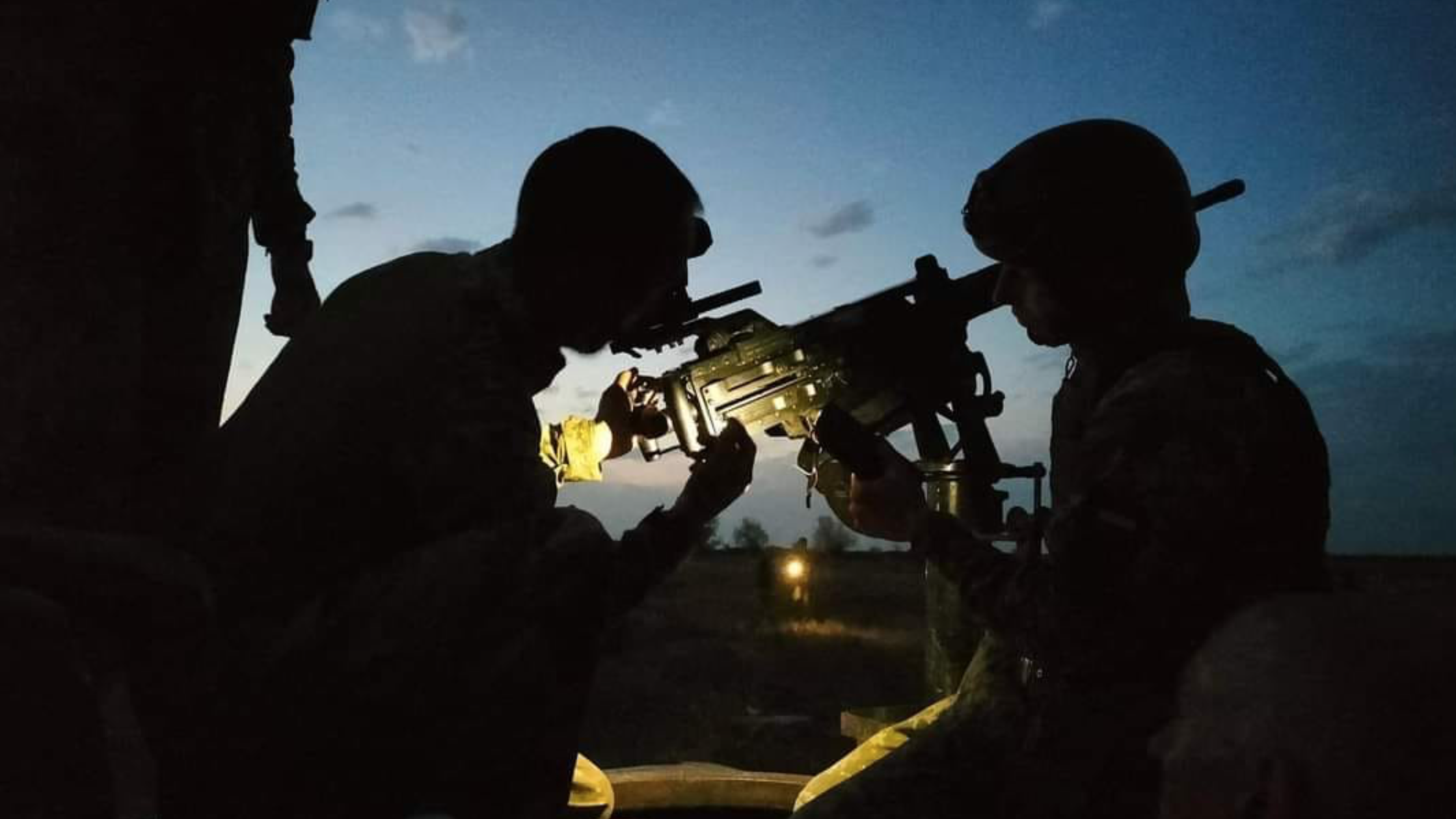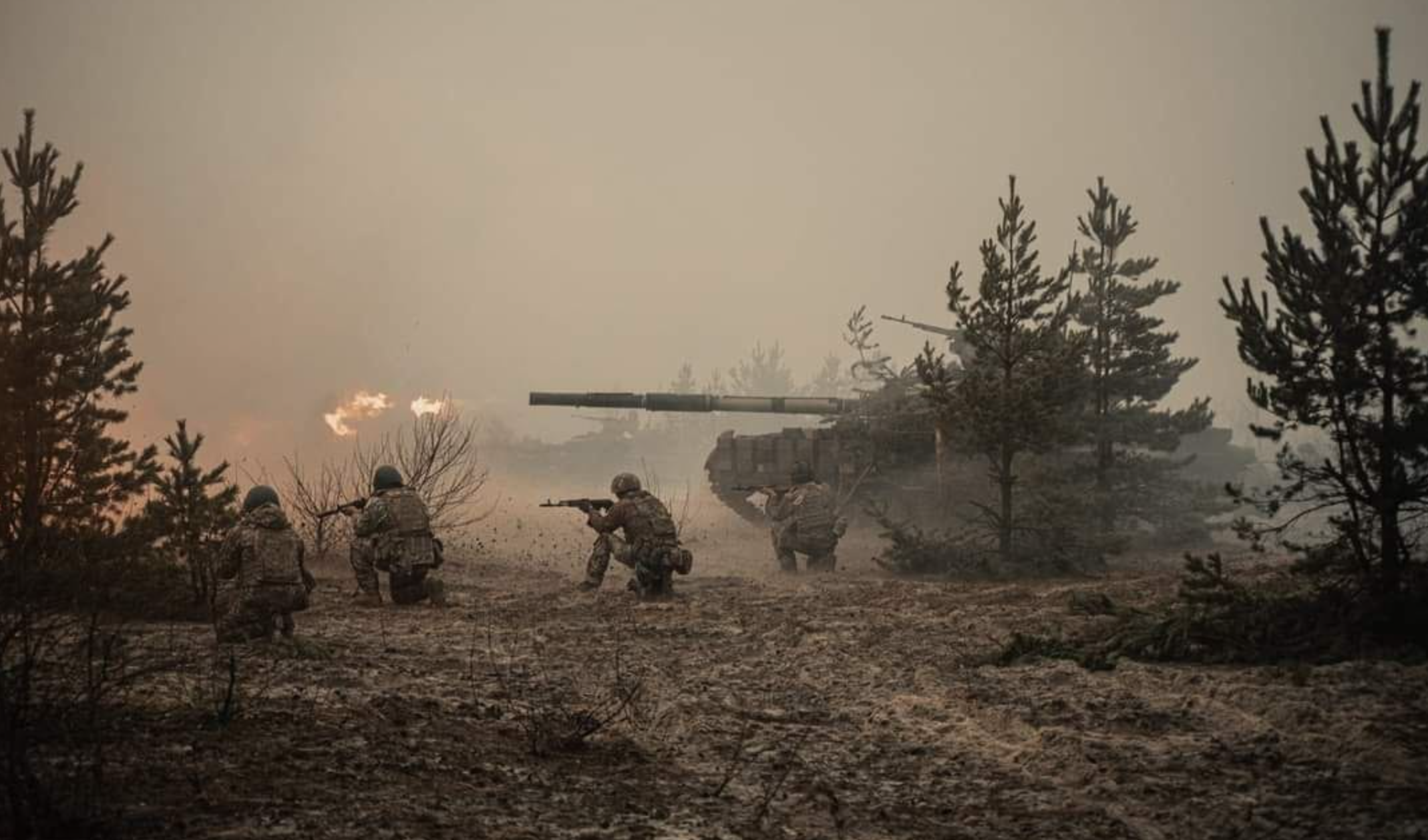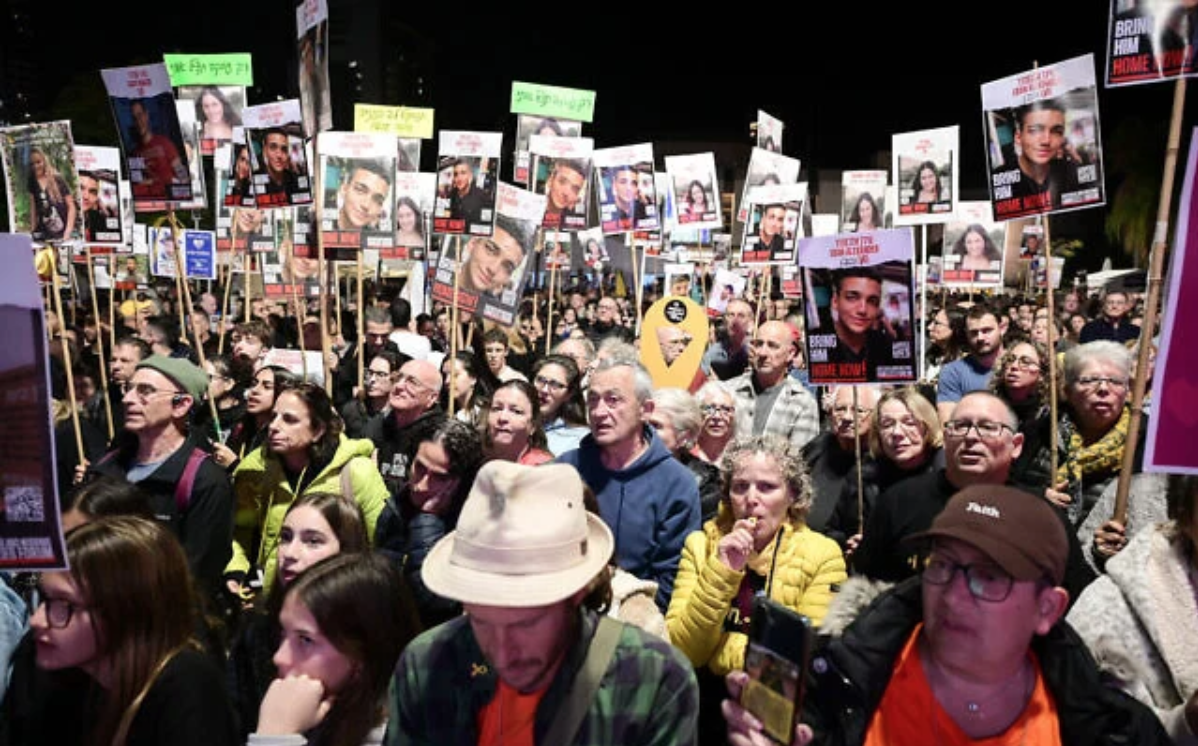Last week, Russian propaganda videos broadcast in the media attracted the attention of the Ukrainian media. They show Russian troops using an old Soviet D-74 howitzer, which, according to official figures, has long been decommissioned. This 122mm trailer mounted artillery system, developed in the late 1940s, is firing at Ukrainian positions in the Donetsk region. Although the use of outdated weapons in the Russian army is not new, the fact that the D-74 was used raised serious questions about the sources of its supply and the state of the Russian defence industry, Business Insider reports.
The appearance of D-74s at the front: where did Russia get these guns?
The D-74 was designed by the Soviet Union in the post-war years, but due to its limited range and accuracy, it was replaced by more modern systems such as the 130mm M-46 gun. Most of these artillery systems have since been exported to friendly countries such as China and North Korea.
The very fact that this gun has appeared in Russian service is surprising, as it is believed that Moscow completely got rid of its D-74 stockpile back in Soviet times. Some experts suggest that the guns were imported from one of the countries that had received them earlier, such as North Korea. This hypothesis is becoming more and more likely as ties between Russia and the DPRK, which, according to Western intelligence, supplies Moscow with military equipment and ammunition, strengthen. North Korea is known to have stockpiles of D-74s and artillery shells for them.
The shortage of modern weapons in Russia
The use of outdated artillery systems such as the D-74 and T-55 tanks is an alarming signal about the state of the Russian defence industry. Russia is suffering serious losses on the battlefield, and its production capacity is not up to the task of replacing destroyed equipment. According to Michael Purcell, a retired lieutenant colonel in the US Marine Corps, Russia is now facing great difficulties in providing its army with modern weapons and ammunition. That is why it is turning to allies, such as North Korea, to obtain old weapons systems.
“The use of outdated systems such as the D-74 reflects how serious the losses of Russian troops and equipment on the frontline have become,” said Jennifer Kavanagh, senior fellow at Defence Priorities, a Washington-based think tank. “Russia may be trying to demonstrate its resilience and ability to continue the war, even using outdated weapons.”
The geopolitical game: the role of North Korea
The situation around the D-74 underscores North Korea’s increasingly active role in Russia’s war against Ukraine. The Kremlin and Pyongyang do not hide the strengthening of their defence ties. The media have repeatedly reported that the DPRK supplies Moscow with artillery shells and other equipment. According to Ukrainian President Volodymyr Zelenskyy, Russia has received at least 1 million artillery shells from North Korea, allowing it to continue prolonged artillery battles in eastern Ukraine.
What does North Korean (?) aid to Russia look like?
— CJ (@CasualArtyFan) October 9, 2024
It’s ammo and WW2 Howitzers.
This the first time I’ve seen the D-74 (1944) 122mm towed gun in action in Ukraine. It’s likely being used now due to a lack of other, newer options.
1 | 3 pic.twitter.com/plY7ZSnRDY
In addition, there is information about the possible involvement of North Korean soldiers on the battlefield in Ukraine. According to South Korean authorities, it is highly likely that North Korean soldiers are involved in the conflict, and recent reports of six such soldiers being killed in Ukraine only confirm these assumptions.
Old technologies – new problems
Despite the fact that the D-74 is an outdated system, experts say it can still be effective in certain conditions. “These old artillery systems can fulfil their role in static warfare,” says Michael Purcell. “The D-74, if properly maintained and supplied with ammunition, could fill a gap in the Russian army’s requirements for massive artillery fire, which is especially important in trench warfare.”
Of course, the use of such outdated equipment also puts serious pressure on the Russian army, which is forced to turn to Soviet reserves because it is unable to replace its losses with modern weapons in a timely manner.
What’s next?
For Russia, the issue of supplying weapons and military resources is becoming increasingly critical. Although the Kremlin is trying to find ways to compensate for its losses, including through support from North Korea, this may not be enough for a long-term war. At the same time, cooperation with Pyongyang is alarming to the West, which sees it as a threat to its efforts to limit Russia’s military capabilities through sanctions.
So far, Russia has been able to withstand the pressure by importing weapons and equipment from partner countries, but the question remains: how long can Moscow continue its military marathon without serious domestic consequences?
